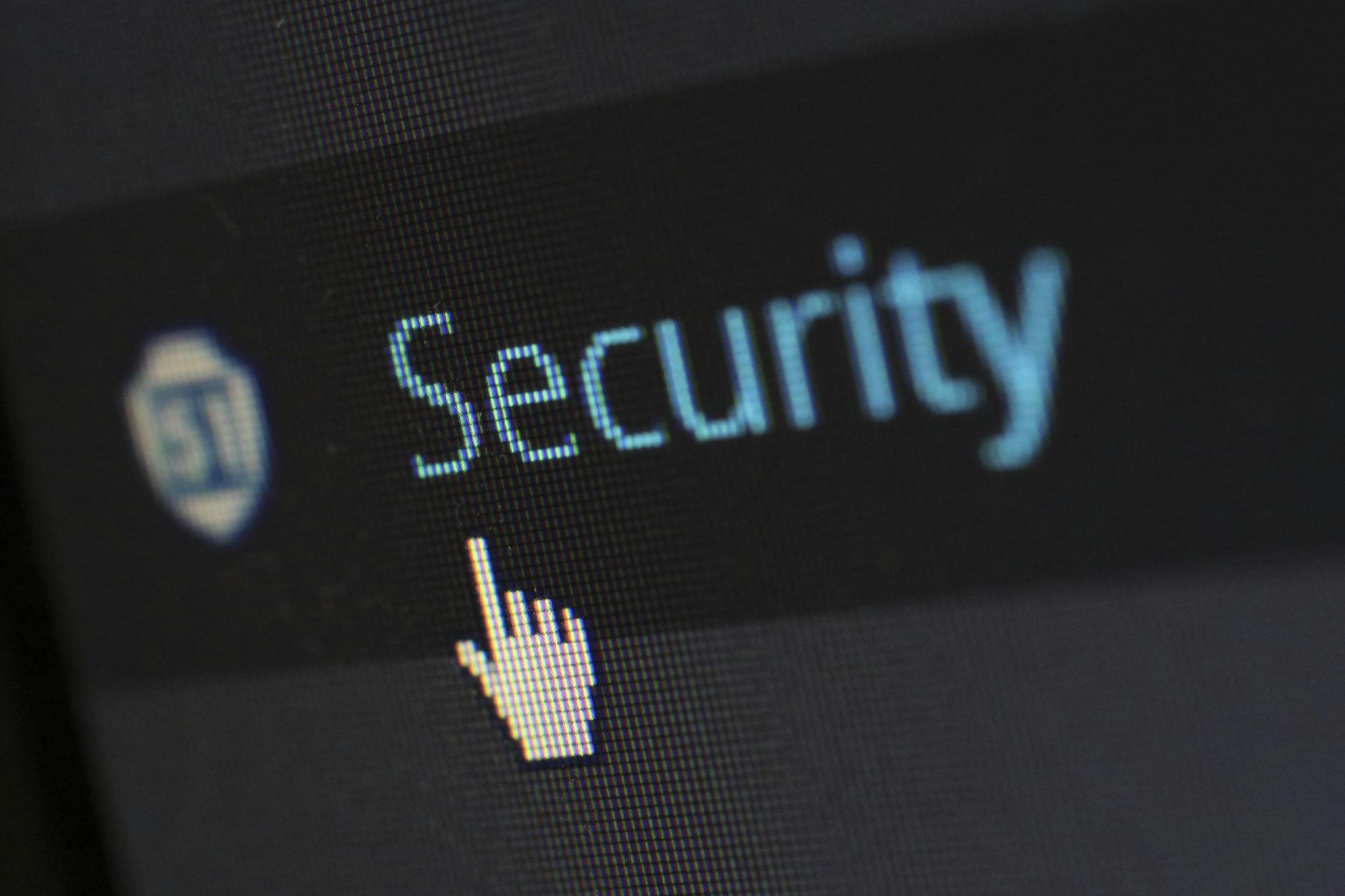As the digital landscape continues to evolve, ensuring the security of our online accounts has become more critical than ever before. Two-factor authentication (2FA) has emerged as a powerful tool in enhancing the security of online accounts by adding an extra layer of protection beyond just passwords. In this article, we will explore the essential practices for implementing and utilizing two-factor authentication effectively to safeguard your online accounts.
Understanding Two-Factor Authentication
—
Two-factor authentication, also known as 2FA, is a security process that requires users to provide two different authentication factors to verify their identity. These factors typically fall into three categories: something you know (password), something you have (smartphone or hardware token), and something you are (biometric data). By combining two or more of these factors, 2FA significantly increases the security of your online accounts and helps prevent unauthorized access.
Importance of Two-Factor Authentication
—
In today’s world where cyber threats are rampant, relying solely on passwords can leave your accounts vulnerable to breaches and hacking attempts. Two-factor authentication acts as an additional line of defense, making it significantly harder for cybercriminals to gain unauthorized access to your accounts. Even if someone manages to obtain your password, they would still need the second factor to authenticate themselves, adding an extra layer of security.
Best Practices for Implementing 2FA
—
1. Enable 2FA for All Your Accounts: Make it a habit to enable two-factor authentication on all your online accounts that offer this feature, including email, social media, banking, and cloud storage accounts. This ensures that even if one account is compromised, your other accounts remain secure.
2. Choose Authenticator Apps Over SMS: While SMS-based 2FA is better than not having any 2FA at all, authenticator apps like Google Authenticator or Authy are considered more secure. Authenticator apps generate time-sensitive codes that are not susceptible to interception through SIM swapping or other methods used to compromise SMS-based codes.
3. Backup Your 2FA Codes: It’s essential to keep a backup of your 2FA backup codes in a secure location, such as a password manager or a physical token. These backup codes can be used to regain access to your accounts if you lose your primary 2FA device.
4. Periodically Review Your 2FA Settings: Regularly audit your 2FA settings to ensure that all your accounts are protected by 2FA and that no unauthorized devices have been granted access. Remove any old or unused devices from your account to minimize security risks.
Conclusion
—
In conclusion, implementing two-factor authentication is an essential step in safeguarding your online accounts from cyber threats and unauthorized access. By following best practices such as enabling 2FA on all your accounts, using authenticator apps, backing up your codes, and reviewing your settings periodically, you can significantly enhance the security of your online presence. Remember, the extra few seconds it takes to authenticate with 2FA can save you from potential cybersecurity risks in the long run. Stay proactive, stay secure!



